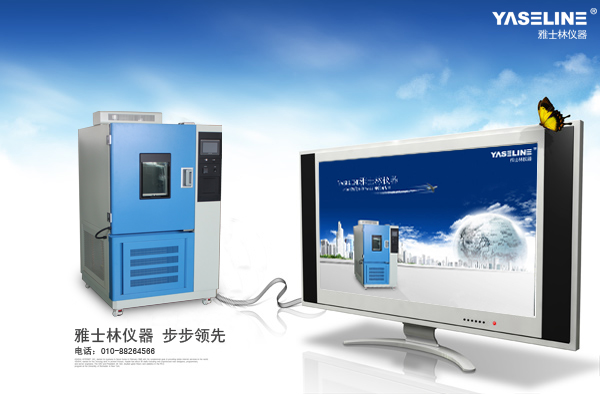There are many non-uniformities in different test standards, which result in the same test and calibration data during the detection and calibration of high and low temperature test chambers. Different conclusions can be drawn according to different standards. Some standards can be obtained according to the standards. A qualified conclusion is reached, and some criteria can be used to draw the opposite unqualified conclusion. Differences between the standards for detection and calibration of high and low temperature test chambers: differences in temperature deviation calculation methods GB/T5170.2-2008 "Electrical and Electronic Products Environmental Test Equipment Inspection Method Temperature Test Equipment" 8.4.1 The temperature deviation calculation method is specified as follows: the equipment is in the steady state, the measured maximum temperature of each measurement point in the working space, The upper and lower deviations of the lowest temperature from the nominal temperature are the temperature deviation of the high and low temperature test chamber at the nominal temperature. The calculation formula is as follows: â–³Tmax=Tmax-Tn â–³Tmin=Tmin-Tn where ΔTmax is the temperature deviation; â–³Tmin is the temperature deviation; Tmax is the measured maximum temperature value within 30min; Tmin is measured at The lowest measured temperature value within 30 minutes; Tn is the nominal temperature value. JJF1101-2003 "Environmental Test Equipment Temperature and Humidity Calibration Specification" 6.3.1 The temperature deviation calculation method is specified as follows: â–³td=td-to where Δtd is the temperature deviation; to is the average of the center point n measurements Value; td is the device display temperature average. The calculation method of temperature deviation in GB/T10592-2008 "Technical Conditions for High and Low Temperature Test Chambers" is as follows: After the temperature of the test point in the center of the workspace reaches the test temperature and stabilizes for 2 hours, the temperature of all points is tested every 2 minutes. 1 time, 15 times in 30min, 1 time in 30min, and 1st every 1h, 24h. Using the 24h test data, the temperature deviation between the highest and lowest temperatures and the nominal temperature is calculated separately, and the above unit is Celsius °C. For example, in a high and low temperature test chamber test, the nominal temperature is 100 ° C, the measured maximum temperature of each measuring point in the working space is 102.5 ° C, the lowest temperature is 101.0 ° C, the center point temperature is 101.8 ° C, and the equipment display temperature is 100 ° C. Calculated according to the temperature deviation calculation method in JJF1101-2003: the deviation Δtd=100-101.8=-1.8<±2°C under temperature, and it is judged as qualified. However, according to the temperature deviation calculation method in GB/T5170.2-2008: the deviation under temperature â–³Tmin=101.0-100=1.0<±2°C, the temperature deviation ΔTmax=102.5-100=2.5°C>±2°C, but It is judged that it is unqualified. It can be seen from the above that different methods for calculating the temperature deviation in the basis of the three types of testing and calibration will lead to different conclusions. Church Chairs,Portable Folding Chair,Plastic Camping Chairs,Wedding Tables And Chairs ZHEJIANG HUZOLI METAL PRODUCTS CO.,LTD , https://www.zlplasticfurniture.com